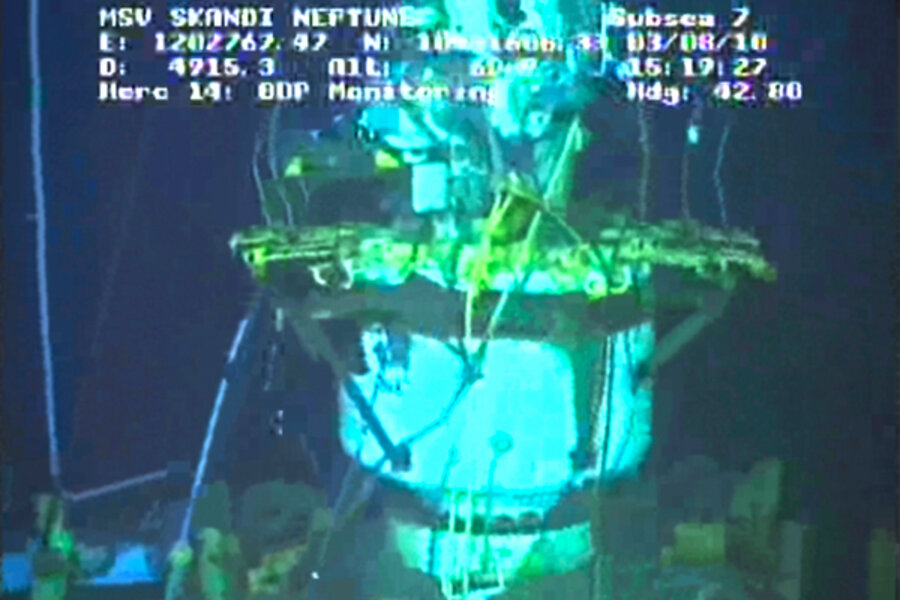Static kill won't end Gulf oil spill drama - even if it works
Loading...
BP launched its “static kill” operation Tuesday as part of its two-pronged effort to kill the runaway Macondo well. The goal is to push the oil back down into the reservoir below the sea floor, setting the stage for a relief well to permanently cement the well in mid-August.
BP began static kill at 4 p.m. ET. During the process, engineers will pump heavy drilling mud weighing 13 pounds a gallon into the well via a valve on the blowout preventer. That should force the lighter oil downward.
But retired Coast Guard Adm. Thad Allen, who is shepherding the federal response, said the relief well is the only way to make sure the well will no longer produce oil.
IN PICTURES: The Gulf oil spill's impact on nature
“The relief wells are the answer,” Allen said Tuesday morning in a teleconference with reporters. “This thing won’t truly be sealed until the relief wells are done.”
Static kill will help engineers glean information about the well that might help the relief-well effort. Engineers want to determine whether any oil is escaping the pipe that carries the oil from the reservoir – and if so, how. To do this, BP will slowly pump in the drilling mud and see what happens. The operation is expected to take as long as three days.
At the end of the static kill, engineers could decide to pour in cement. If the cement is able to fill both the pipe and the annulus – the space between the pipe and the casing along the sides of the well bore – static kill could seal the well itself, though engineers will likely want confirmation by checking with the relief well.
If static kill can't plug the pipe and the annulus with cement, those tasks will fall to a "bottom kill" through the relief well, which is currently about 100 feet from the well bore. A second, backup relief well is about 2,000 feet farther away.
Even in that instance, however, static kill will have increased "the probability that the relief well will work," Allen said.
“We're going to need the final step of drilling into the annulus and making sure that the mud effort from the top got everything done. I don't think we will know that until we come in from the bottom,” Allen added.
IN PICTURES: The Gulf oil spill's impact on nature
Related





